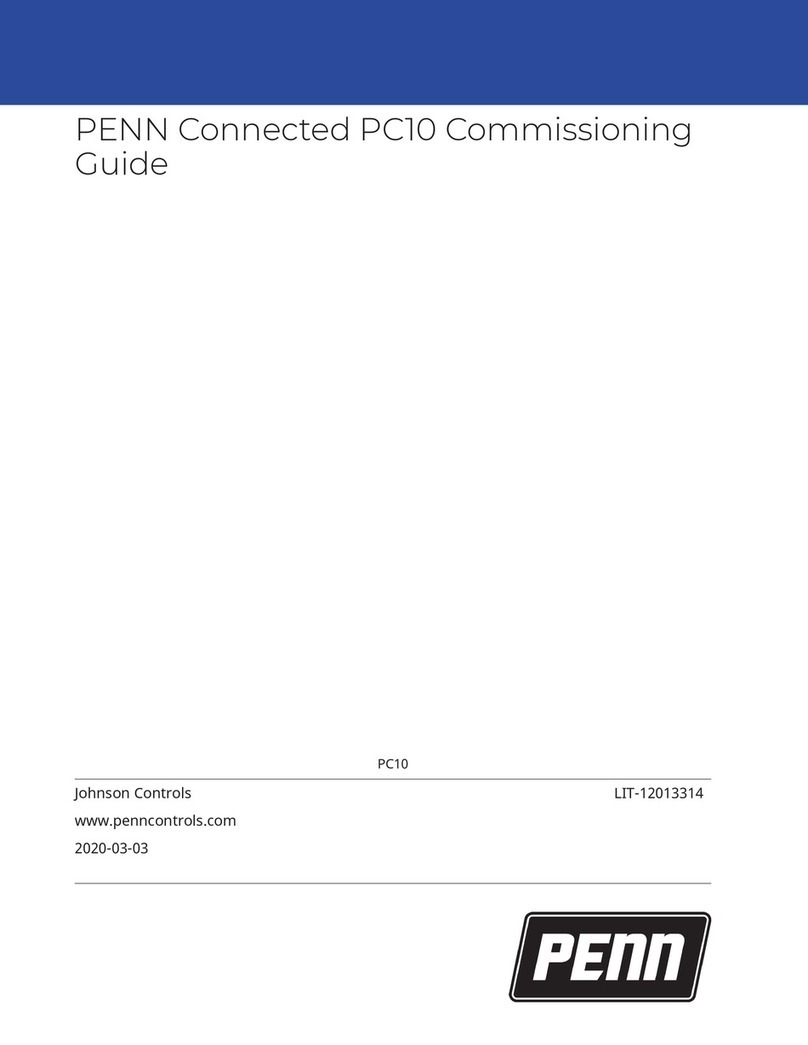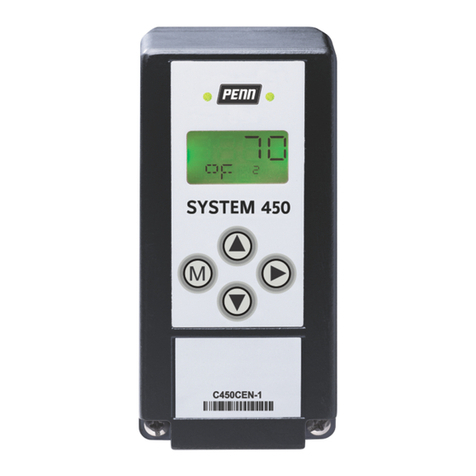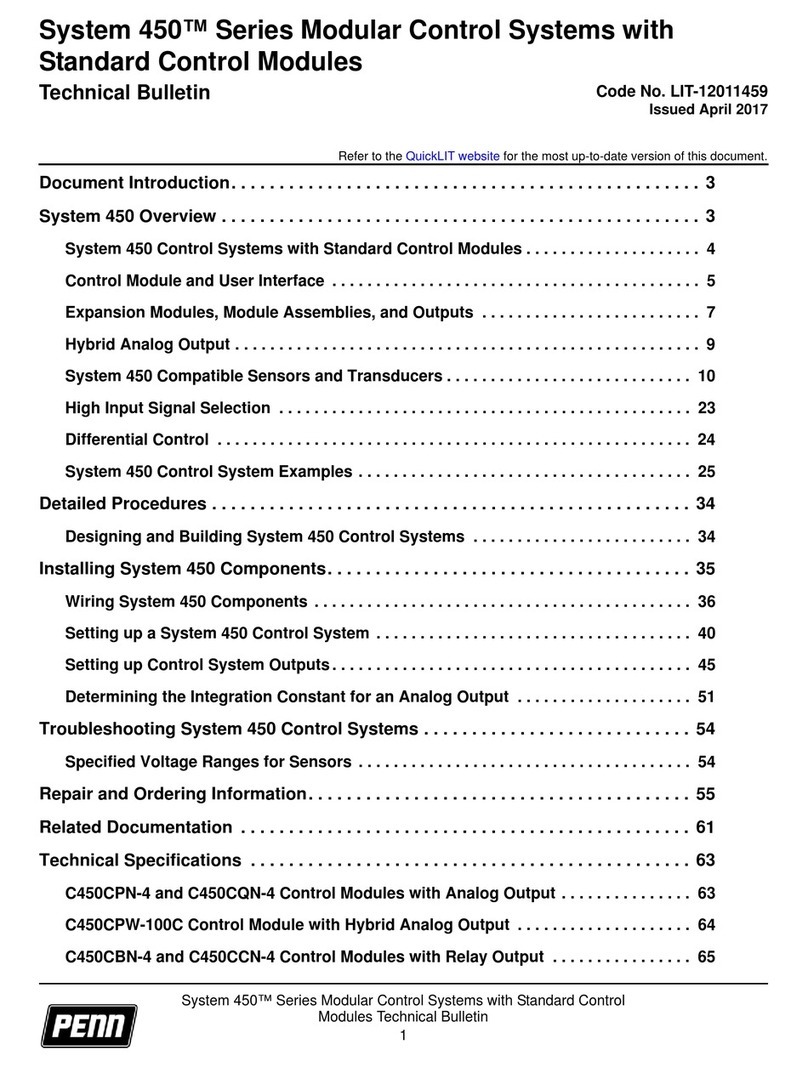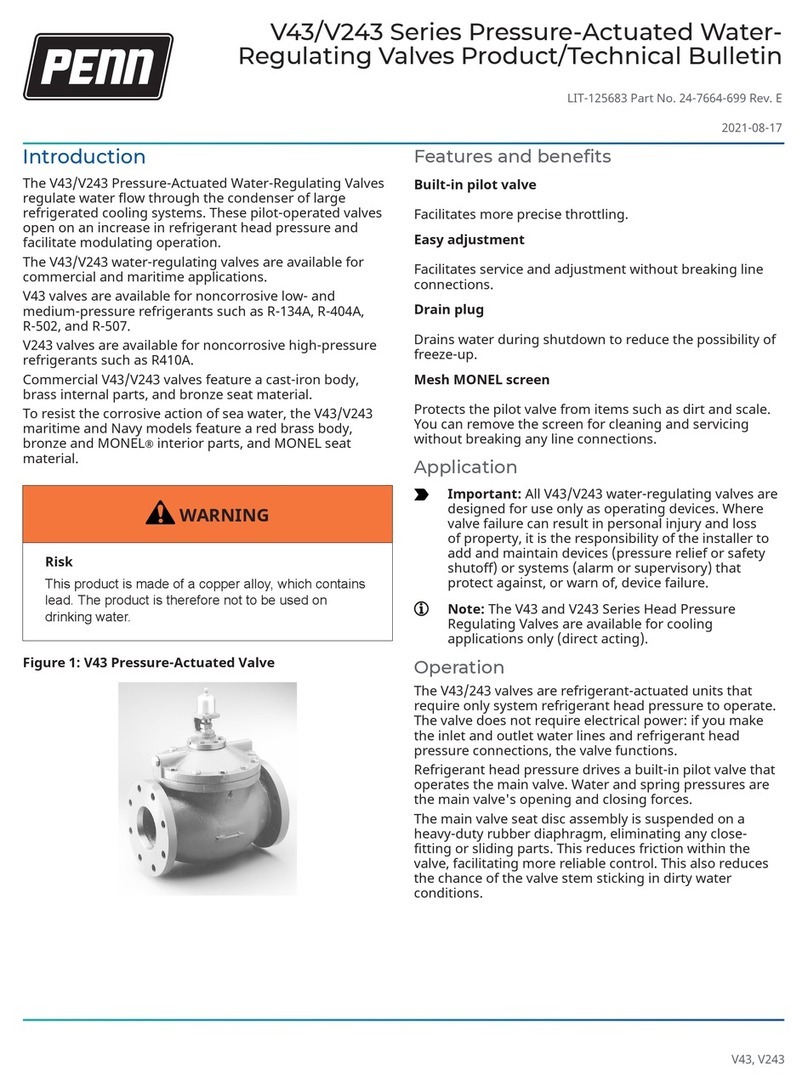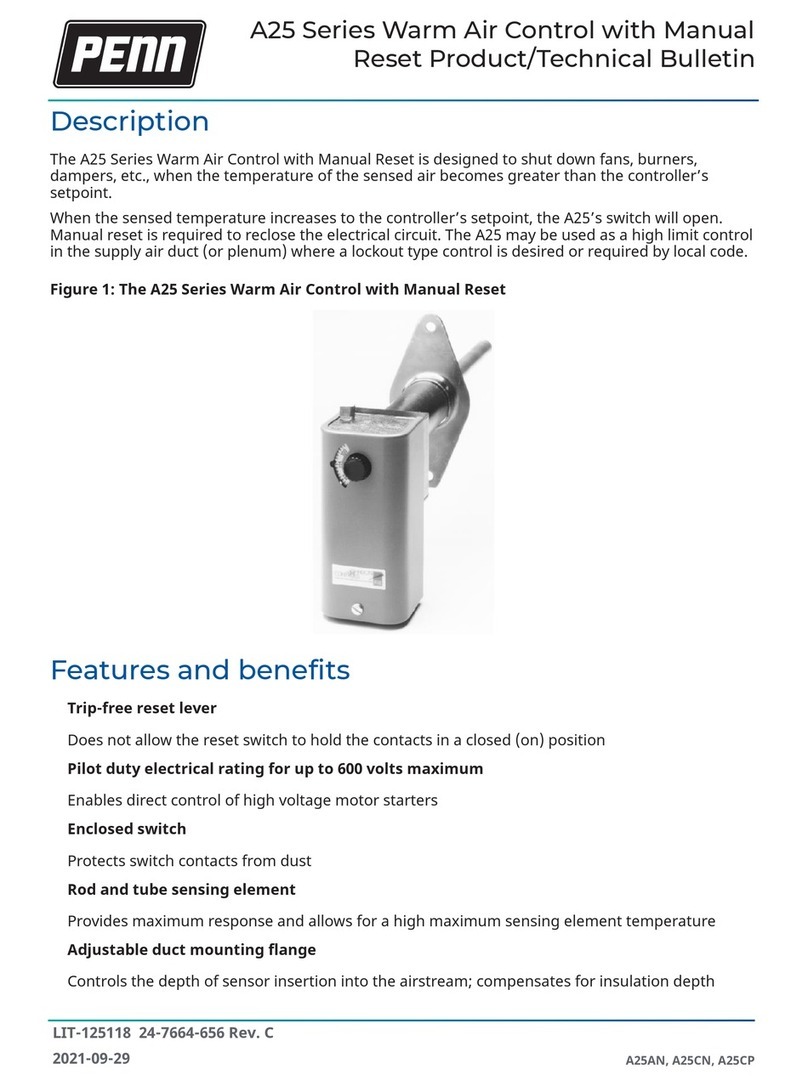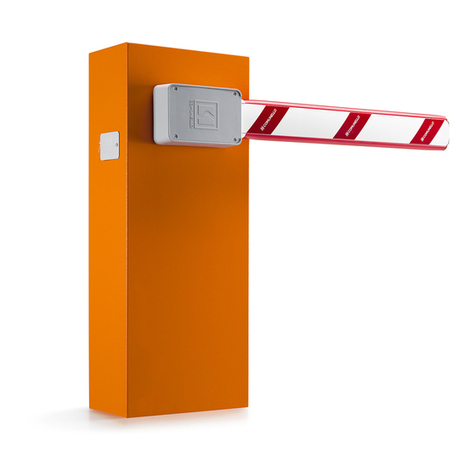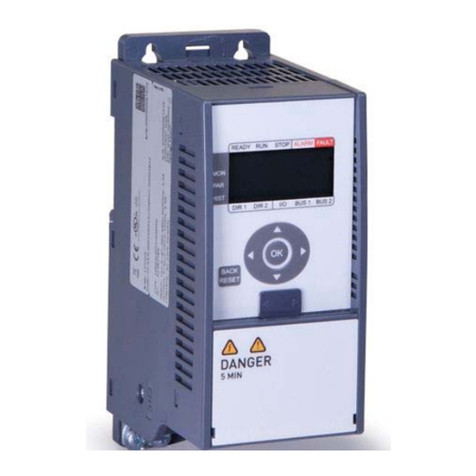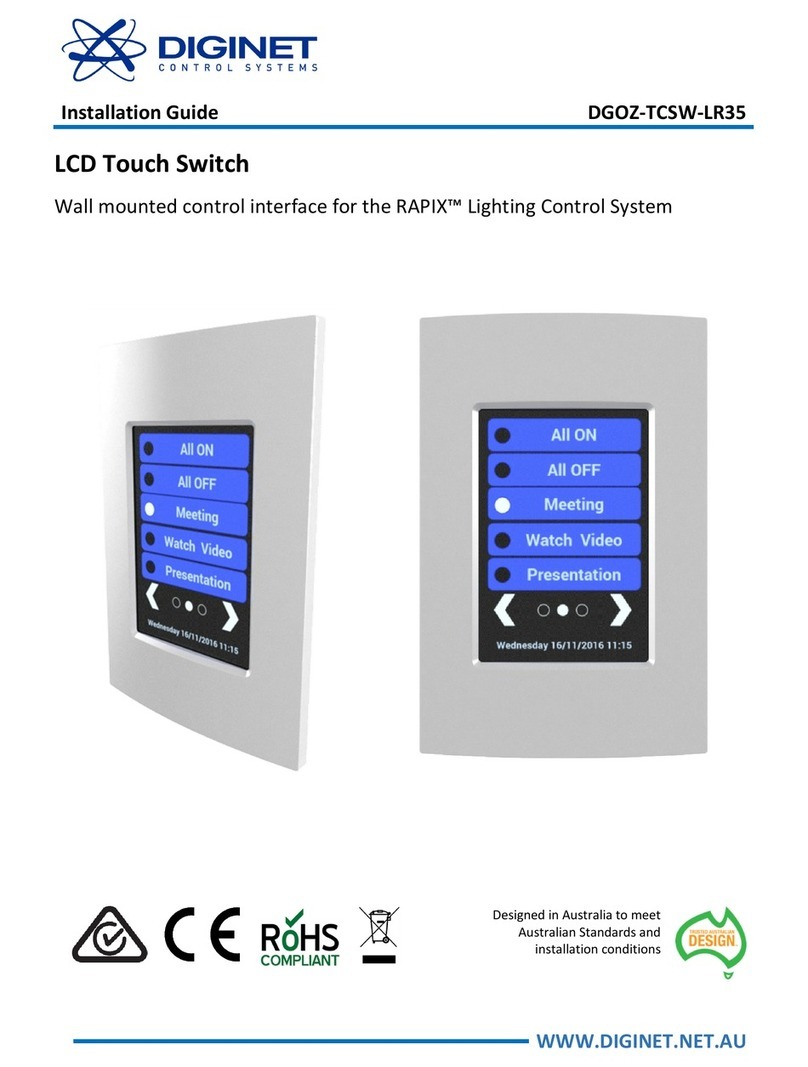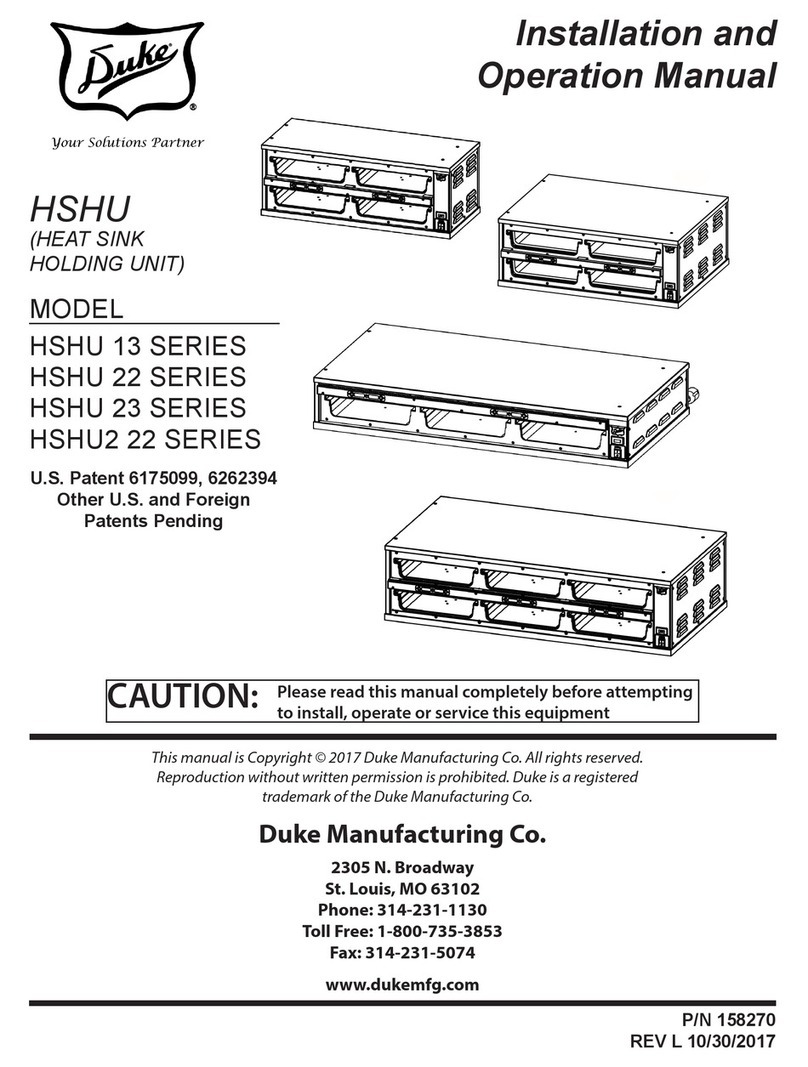
P77 Series Controls for High Pressure and
Hazardous Location Applications Installation
Guide
Applications
P77 Series Controls for High Pressure and Hazardous
Location Applications provide high pressure control
using a low energy signal from inside an explosive
zone on commercial refrigeration and air-conditioning
applications. The controls have special dry circuit
switches with gold-plated contacts for improved contact
characteristics that are required in circuits with low
voltage and low current.
Important: Use this P77 Series Control only as an
operating control. Where failure or malfunction of
the control could lead to personal injury or property
damage to the controlled equipment or other
property, additional precautions must be designed
into the control system. Incorporate and maintain
other devices, such as supervisory or alarm systems
or safety or limit controls, intended to warn of or
protect against failure or malfunction of the control.
Important: Utiliser P77 Series Control uniquement
en tant que dispositif de contrôle de fonctionnement.
Lorsqu'une défaillance ou un dysfonctionnement
du contrôle risque de provoquer des blessures
ou d'endommager l'équipement contrôlé ou un
autre équipement, la conception du système de
contrôle doit intégrer des dispositifs de protection
supplémentaires. Veiller dans ce cas à intégrer de
façon permanente d'autres dispositifs, tels que
des systèmes de supervision ou d'alarme, ou des
dispositifs de sécurité ou de limitation, ayant une
fonction d'avertissement ou de protection en cas de
défaillance ou de dysfonctionnement du contrôle.
These controls are available in several pressure ranges
and are compatible with propane refrigerants. They are
designed to operate in:
• Group II, Zone 2 environments, as defined in the ATEX
Directive and UKEx regulations.
• Class I, Division 2, Group D environments, as defined
in NFPA 70 and CSA C22.2.
They are equipped with fail-safe double bellows and a
6 mm outer diameter copper tube. An adjustment lock
plate is included with these models.
IP54 (Type 1 NEMA) enclosures are standard on these
models.
P77 control models with Single-Pole, Double-Throw (SPDT)
switches allow users to install alarm devices or other
control circuits (see Figure 4).
Table 1 lists the features of P77 controls for high pressure
and hazardous location applications. This model is
available through most authorized Johnson Controls®/
Penn distributors.
Table 1: Standard P77 model for high pressure applications (for non-corrosive refrigerants)
Model number Pack type Switch action Range, barg
(psig)
Differential, bar
(psi)
Pressure
connection
Maximum
bellows
pressure, barg
(psig)
P77XAAW-18500C Individual pack SPDT (see Figure
4 and Table 2)
3 to 30
(50 to 435)
3.5 to 12
(44 to 174)
6 mm diameter
copper tube
33 (479)
Repair information
If the P77 Series Pressure Control fails to operate within
its specifications, replace the unit. For a replacement
P77 control, contact the nearest Johnson Controls/Penn
distributor or representative.
Installation
Important: Components within the P77 control can
exceed the enclosure temperature by 1°C (2.1°F).
For standard applications, limit the maximum media
temperature on the control to 80°C (176°F). When the
media temperature exceeds 80°C (176°F), you must
ensure that the media temperature does not cause a
thermal ignition risk on parts between the media and
the enclosure.
Part No. 24-7664-3221 Rev. C
2023-06-29
P77XAAW
